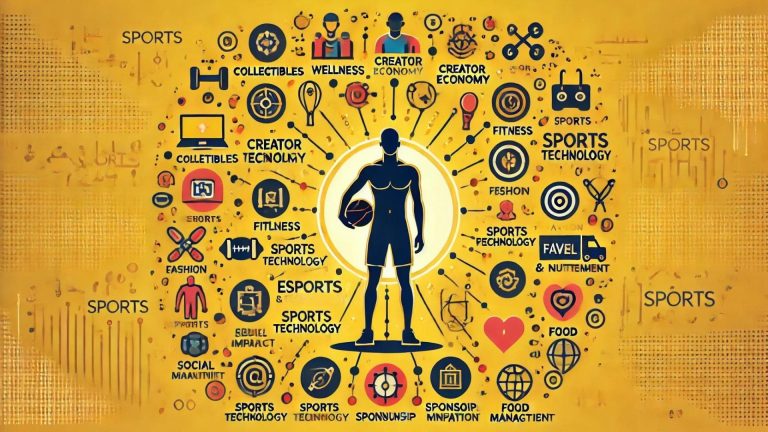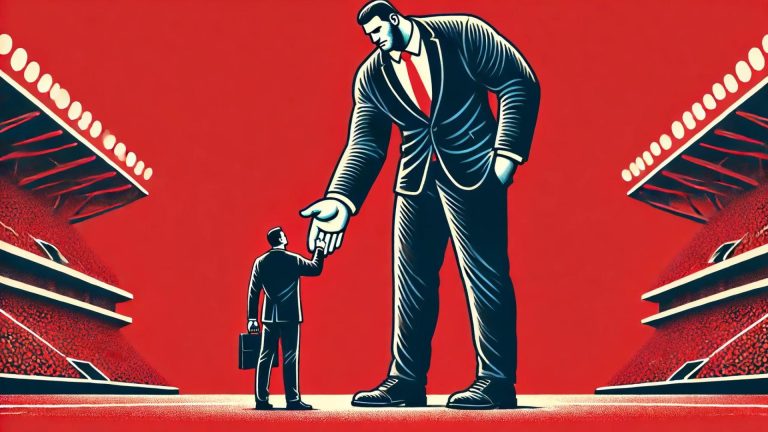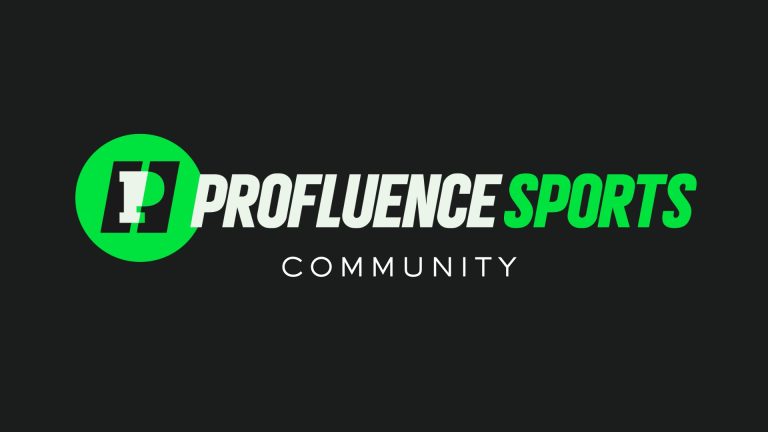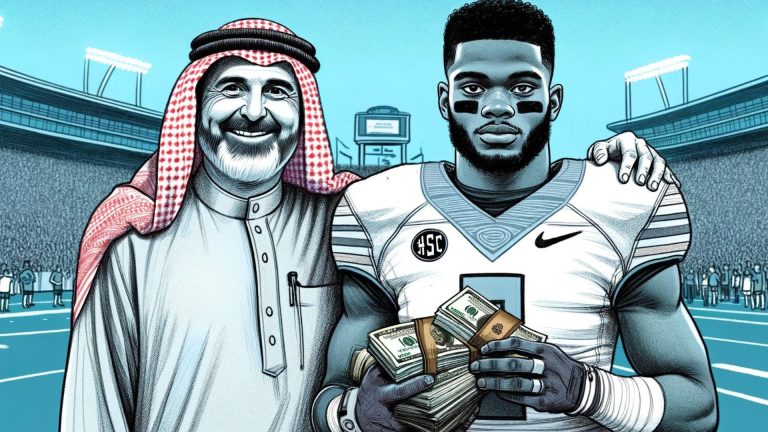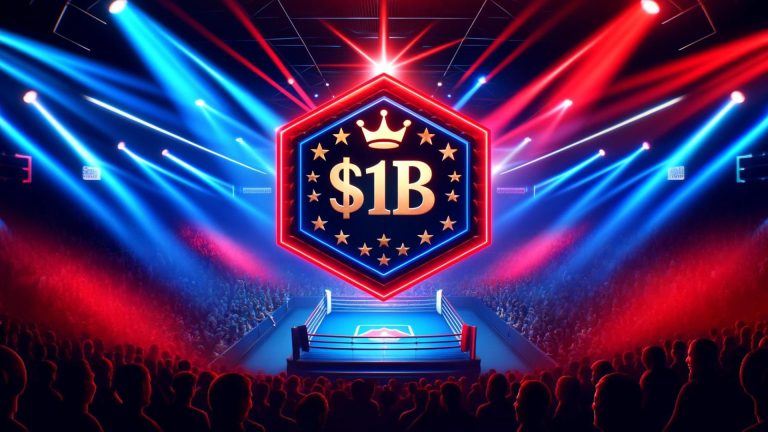Did you know that college football and men’s basketball players in major conferences could expect to earn a minimum of $50,000/year?
-
Five-star recruits could have NIL earning potential of more than $1 million per year.
-
Four-star recruits could earn well into the six figures.
-
Lower-ranked recruits could anticipate roughly $50,000/year.
All of these statistics were put forth by Blake Lawrence, the CEO of NIL marketplace Opendorse.
What was his rationale?
Lawrence based his $50,000/year minimum on the assumption booster collectives are directing about $5 million annually into NIL pools and that some of the money will go towards athletes in other sports.
I was curious to see how the numbers played out.
Here’s the breakdown ⬇️
NIL Minimum Salaries
My initial reaction was that $50,000 seems reasonable, but that it will cost a lot more than $5M/year for NIL collectives to operate this.
Let’s use the University of Miami (FL) for this breakdown as they’ve been the most transparent about how much they’re paying players to date.
To start, billionaire booster John Ruiz said he plans to pay out $10 million in NIL deals (through his company LifeWallet) to U Miami athletes.
Here are some of the reported NIL deals (cough cough contracts):

*This list doesn’t even include the Cavinder twins who are anticipated to make around $500k/year and basketball player Isaiah Wong who announced via Twitter he would transfer if Ruiz didn’t increase his reported $100k/year NIL deal.*
As you can see, payments are scattered all over the board.
Let me take it a step further for you…
It’s reported that Texas A&M boosters spent over $30M to secure the nation’s top football recruiting class for 2022 with 6 five-star prospects, 19 four-stars and 3 three-stars.
That comes out to nearly $1M per recruit!
NIL is going to be expensive for collectives that want to compete.
The Standard for NIL Collectives
Let’s say a Power 5 NIL collective wants to meet the $50k minimum for every football and men’s basketball player on a scholarship.
*Something to note: programs are getting around the NCAA’s athletic scholarship limit by offering full scholarships to lower-end players and then paying large NIL deals to the top recruits who are technically “walk-ons”
Football: 85 scholarships x $50K = $4,250,000
MBB: 13 scholarships x $50k = $650,000
So that’s where the $5 million/year comes from — it’s more so that the average contract would come out to $50k/yr with some players earning millions and others earning lower amounts.
For programs that want to compete, it’s going to cost a lot more than that.
NIL Total Costs
Let’s go back to U Miami for a second.
Coming into next year, the football team has:
-
10 four-stars
-
4 three-stars
-
11 transfers (comparable to 3-stars)
The basketball team has:
-
2 four-stars
-
2 three-stars
-
2 transfers (comparable to 4-stars)
Let’s just assume that John Ruiz and Life Wallet have already signed contracts with all the current football and basketball players, which is reported to be roughly $5M.
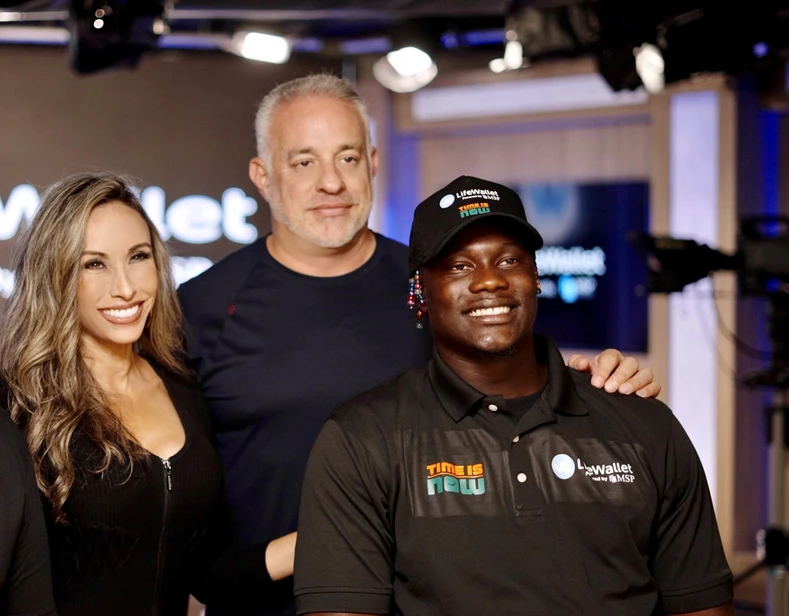
Being extremely conservative and valuing every U Miami recruit/transfer at $150k/year would equate to an additional $4.65M/year.
So it makes sense why John Ruiz believes he will be spending roughly $10M on NIL deals next year.
To compete for championships in Power 5 football and basketball, you’re going to have to spend millions of dollars.
I think we’re going to find out this next calendar year that it’s too risky (and expensive) to spend a boatload of money on recruits that haven’t proven their worth in college yet. Transfers will become the premiums.
Here’s what I’m talking about…
League Minimums vs NIL
For some perspective, I want to show you the minimum salaries in professional leagues.
Minimum Salary for Rookies:
-
NBA = $925,258
-
NHL = $750,000
-
MLB = $700,000
-
NFL = $660,000
As you can see, the four major leagues generously reward rookies who got drafted.
But here’s what’s interesting…
It was mentioned earlier that 5-star football recruits have the chance to earn over $1M/year in college (over $300,000 more than the NFL min. salary) and 4-star recruits have the chance to earn in the hundreds of thousands.
But take a look at this graph, which shows a breakdown of how many players were drafted over an 8-year period from each respective “star” ranking.

However, this chart can be a little misleading because there are way more 3-star recruits than 5-stars.
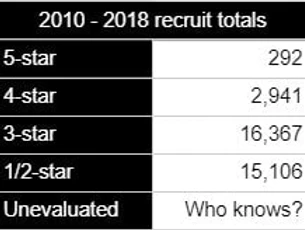
At the 5-star level, you likely get drafted early or not at all:
-
5-star not selected by Round 1, he has a 58% chance of going undrafted.
-
5-star not selected by Round 2, he has a 66% chance of going undrafted.
-
5-star not selected by Round 4, he has an 83% chance of going undrafted.
About 23% of four-star recruits ultimately get drafted into the NFL.
I say all of this to make a few points:
-
NIL collectives that pay the most for recruits based solely on rankings could get hurt in the long term
-
Nearly 80% of 4-star recruits don’t get drafted into the NFL and are anticipated to make hundreds of thousands in college — many will try to stay in college as long as they can and NIL collectives will greatly overpay some of them
-
I believe NIL will slowly shift to be based around performance on the field, as rankings out of high school have historically been so-so
-
Transfers will have the highest NIL value as they’ve already proven their talent at the college level (until the 1-year “sit out” rule is put back into place)
The numbers show that the $50,000 minimum suggested by Blake Lawrence is feasible. However, to draw top talent like Texas A&M and U Miami, schools will have to spend a lot more than the standard $5M.
Strap in — the nuttiness is just getting started in college sports.

